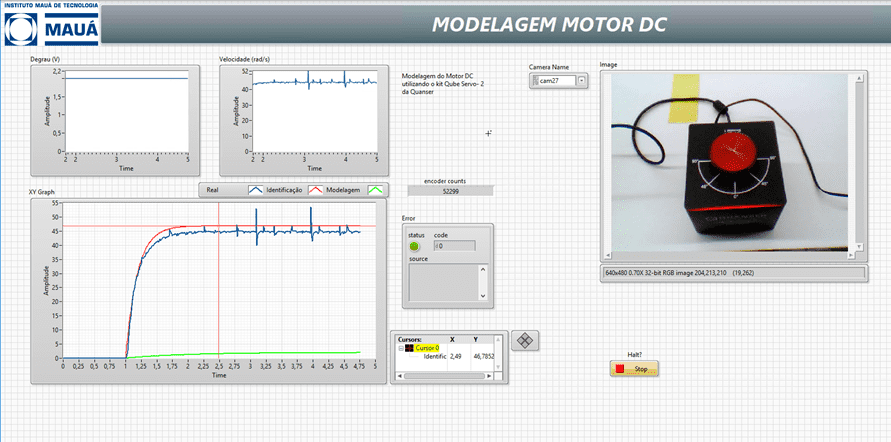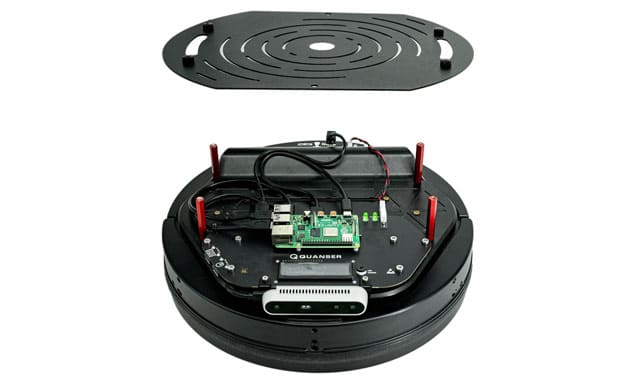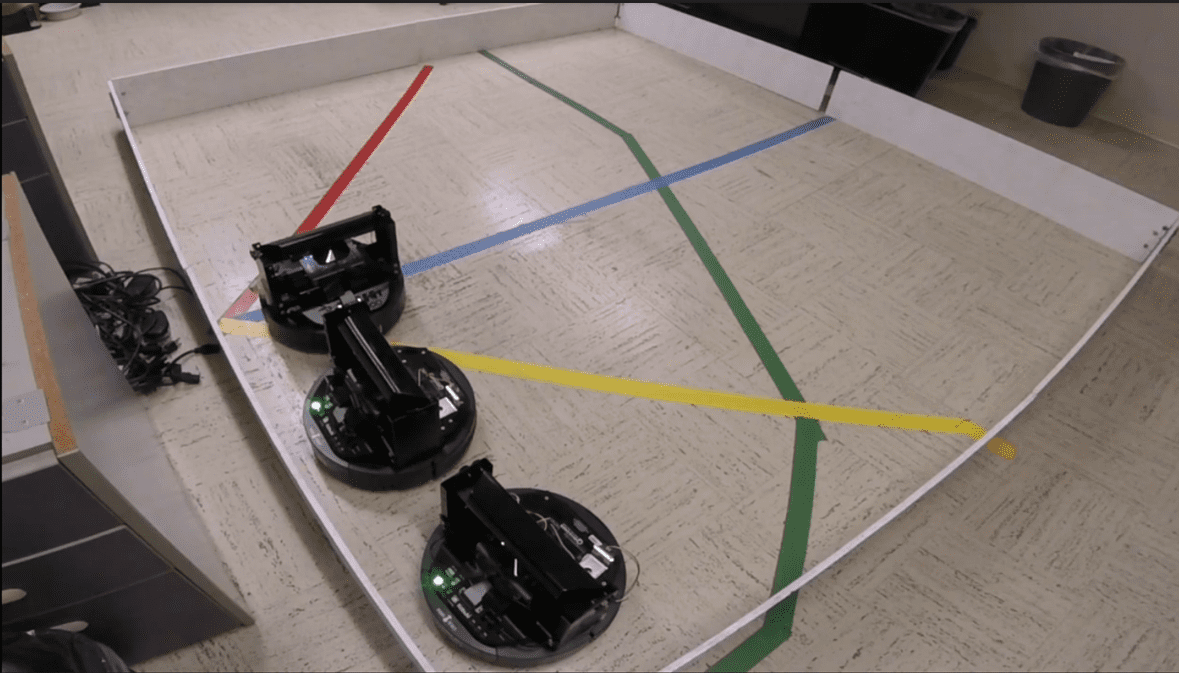
In 2017, our Chief Education Officer Dr. Tom Lee had developed a process for engineering institutions to adopt a new, more engaging way of teaching engineering concepts in a manner that closes the gap between theory and practice. The Quanser Method was an answer to the need for a truly modern framework for academic engineering to make it effective, relevant and efficient. As the manager for Quanser’s Academic Applications R&D team, it is vital for myself and my team to engage with our academic philosophy, not only at a level to understand it, but also apply it as we develop a range of turn-key applications for research and education. In this blog series on the Quanser Method, I want to take you on a journey right through our partnership with the academic community.
Taking the time needed to ask Why
The chessboard paradox has been baffling children and amusing educators all over the world since it’s invention a 100 years ago. The idea is to take discrete squares (say 1 unit squared) and build a grid (let’s say 8×8, a chessboard). After cutting this board in a peculiar pattern and rearranging the pieces, it is seemingly possible to fit in an extra piece, whose area is greater than the original. In the classic puzzle, this leads to fitting in blocks worth 65 square units inside a larger 64 square units space, resulting in the paradox. The solution of course is in observing the tiny spaces between the pieces, and realizing the fallacy behind the paradox. Personally, I enjoy watching individuals using this paradox for other discussions. Taylor Hughes recently used it in a magic show, talking about leaving room in your life for wonder. I recreated the pieces he used with the correct dimensions, and you can very quickly see the gaps in either case and where exactly the extra 1×1 square shows up from.
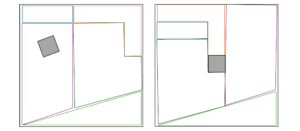
Chessboard Paradox by Loyd and Schlömilch
I mention this puzzle because I’m extrapolating Taylor Hughes’ concept of leaving room for wonder. Perhaps the little spaces are actually important. In the context of representing the overall effort put in by an engineering company into it’s day to day operations, the gaps and empty spaces are metaphors for inefficiencies and unloaded calendars that have yet to get sorted out. Instead, one could regard these as the very spaces for annual kick-off events, foosball tournaments, company BBQs, holiday parties, lunch room banter, etc. I do sincerely believe that this empty space is after all what makes a machine a well oiled one.
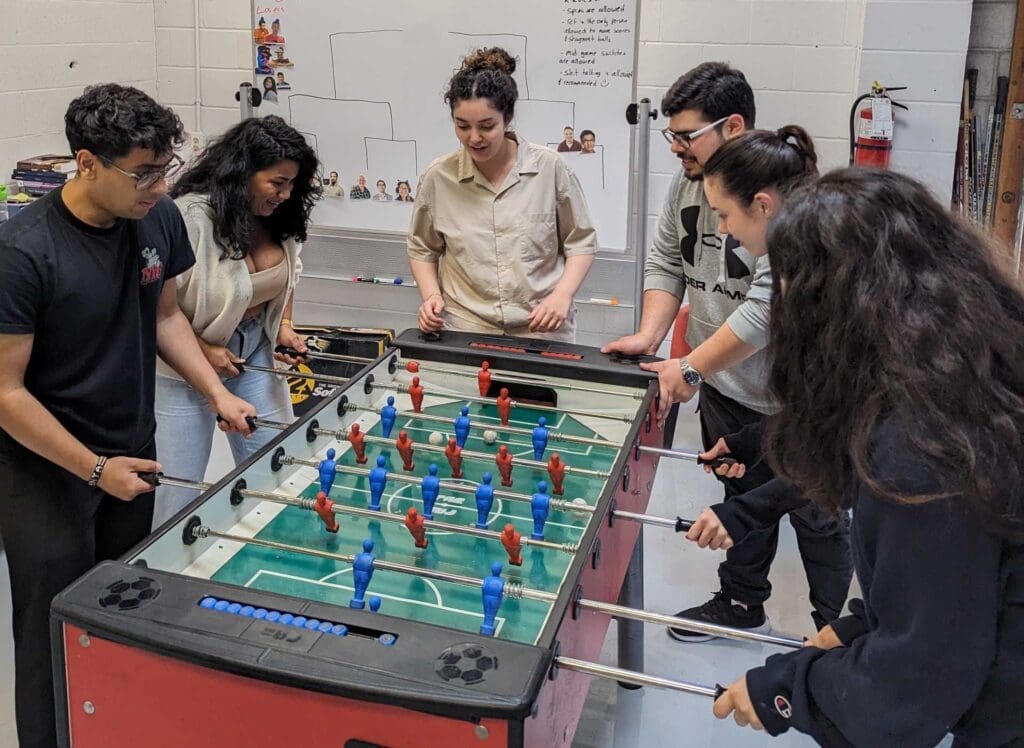
Quanser Foosball Tournament 2024
At Quanser, I have seen this empty space also metabolize into a key differentiating factor that sets apart both the company’s management as well as it’s mission and vision. The magic sauce, is taking the time to step back, and ask ourselves why we are here. This step allows uniform messaging to seep through the management down to our staff for core motivation. Getting inspired by Simon Sinek’s talk on Starting with Why is one thing, but putting that into practice at an organizational level is a completely different ball game. Understanding why we do what we do, followed by brainstorming how we can put that into practice leads to an intuitive series of whats, the things we end up implementing.
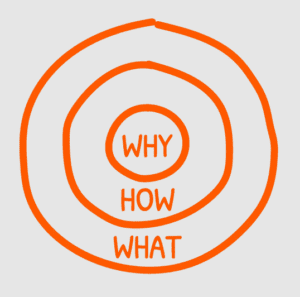
Simon Sinek’s “start with why” from his TedX talk
Academia/Industry and the students in between
As an organization working with the academic community for over 30 years, we get valuable insights into the new frontiers of robotics, autonomy, mechatronics and controls research. We have witnessed cycles of the push-pull relationship between academia and industry. In certain trending technologies, we’ve also witnessed a widening gap between the skills that industry is looking for from fresh graduates, and the learning outcomes universities are rushing to cover in existing or new courses.
Over the years, this has led to self-contained training processes and longer onboarding timelines for companies that would rather upskill their own new hires. However, we believe that the sustainable path forward still comprises of redefining learning outcomes at an academic level to meet the industrial demand. There are aspects of fundamental education taking place in an academic environment that can never be replaced. Coming back full circle, our industrial partners are asking us now more than ever to upskill their employees via Quanser-developed courses that would get offered through a partnering universities or colleges. This is where our academically aligned technologies and experience play a pivotal role.
Simultaneously, there is a change in the new generation of students entering universities. Their mindset and technological capabilities are a thing of marvel! Modern engineering students start their program already primed with programming knowledge, 3D printing skills, some form of simulation or CAD experience, etc. On the other extreme, the challenges these students will face at the industry level is a lot more complex and multidisciplinary.
Why Quanser does what it does
Putting these factors together, Quanser has a deeply rooted Why behind our mission and vision – we believe the world needs more engineers, especially the multidisciplinary, hands-on, authentic and fearless variety. As we build engineering solutions for research and education in the fields of robotics & mechatronics, controls & dynamics, as well as autonomy & applied AI, our focus remains on the type of engineer we are sculpting with the experiences we provide.

Quanser’s lab collections
Consider an example; it is common for an introductory level 3rd year course to cover topics such as odometry, kinematics, basics of vision, etc. in fairly theoretical manners. The Quanser Mobile Robotics Lab courseware walks a student through this material by focusing on a different objective. Over the course of 4 labs, students drive the robot manually on top of a line using direct wheel commands (tank drive) and their own eyes (human vision), then on to body velocity commands (arcade/differential drive), utilize a downward camera to detect a line to close the loop on (computer vision) and finally detect a classmate when they jump in front of the robot (obstacle detection). Putting theory into practice is not an afterthought for the lab activity, but rather, the focus is on using theory to explain the behavior observed via hands-on applications.
Now that I’ve given you a sense of why we take the time to fit the 1×1 at the core of our daily puzzles, I want to continue expanding on How we aim to solve this problem, and What we are doing about it.
Talk soon, Murtaza

